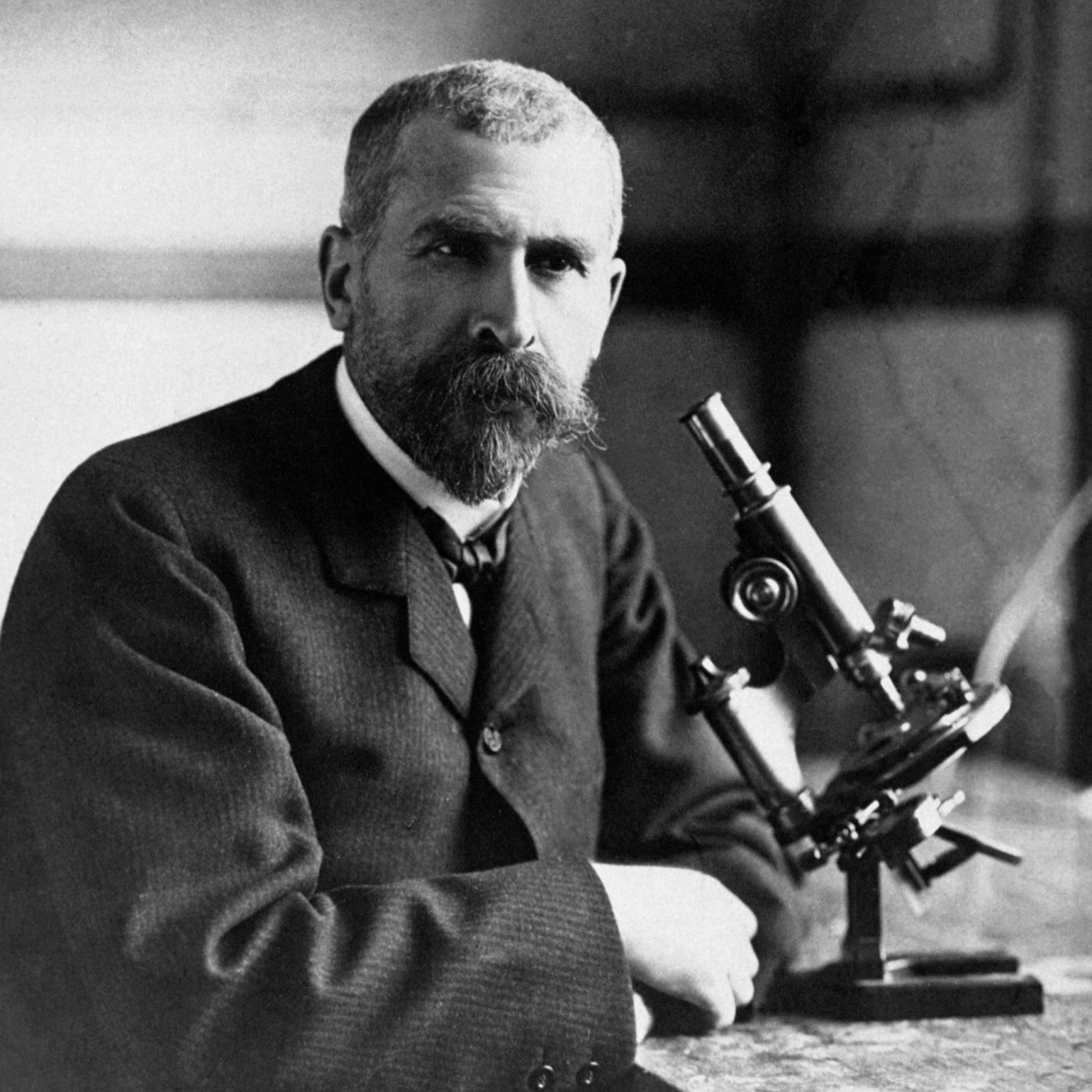
After studying medicine, Émile Duclaux asked Émile Roux to conduct a study on virulent diseases at the École Normale. Inoculating a hen with an old culture of fowl cholera, Émile Roux set Pasteur on the right track to vaccination using germs with attenuated virulence. Together, they oversaw the success of the first veterinary vaccines and of the human rabies vaccine and co-founded the Institut Pasteur in 1887. Émile Roux launched the first lecture series at the Institut Pasteur, the “Course on microbial research techniques” nicknamed “Monsieur Roux’s Course,” training microbiologists who went on to practice worldwide. In 1894, he initiated a major treatment against diphtheria, reassuring Pasteur, then near the end of his life, that he had a worthy successor. When Pasteur died the following year, Roux became assistant director of the Institut Pasteur, with Émile Duclaux as director. He founded Pasteur Hospital in 1900 and in turn directed the Institut from 1904 until his death.
A leading figure at the Institut Pasteur
He was often described as ascetic, a “lay monk”, an image bolstered by his spartan appearance, his “piercing eyes” and by the fact that in the last fifteen years of his life he lived in a room at Pasteur Hospital called his “pigeon loft”. His austerity, due to his ailments caused by hemorrhagic tuberculosis, masked a great kindness. “His life contains the history of the Institut Pasteur, just as the Institut Pasteur contained his entire life,” noted his death notice in 1933. Today, through the railings of the Institut Pasteur at 25, rue du Docteur Roux, one can make out the tomb where he lies, in the shade of chestnut trees. The name “ROUX” will forever be associated with “PASTEUR”.
Roux's serum defeats "croup"In the mid-19th century, diphtheria (or “croup”), an inflammation causing the formation of a false membrane in the throat, once affected up to 30,000 people a year in France and killed one in two infected children by asphyxiation. In 1888, Émile Roux, along with Institut Pasteur scientist Alexandre Yersin, discovered that the bacterium responsible for this disease secreted a pathological molecule, the first bacterial toxin ever described. A few years later, Roux and his colleagues Martin and Chaillou evaluated a treatment using a serum rich in antibodies against the diphtheria toxin in dozens of children – with the result that mortality was halved. Presented at the 1894 Budapest Congress, this medical advance was widely acclaimed, making Roux a hero of science and the “savior of children”. |
Timeline of the life of Émile Roux> December 17, 1853 > 1872-1873 > 1874-1877 > 1878 > 1879-1890 > 1888-1895 > 1888-1914 > 1891-1894 > 1896-1906 > 1904-1933 > 1914-1918 > November 3, 1933 |



